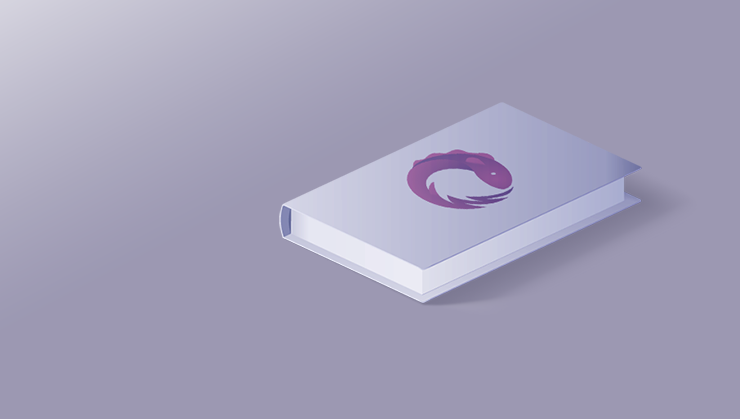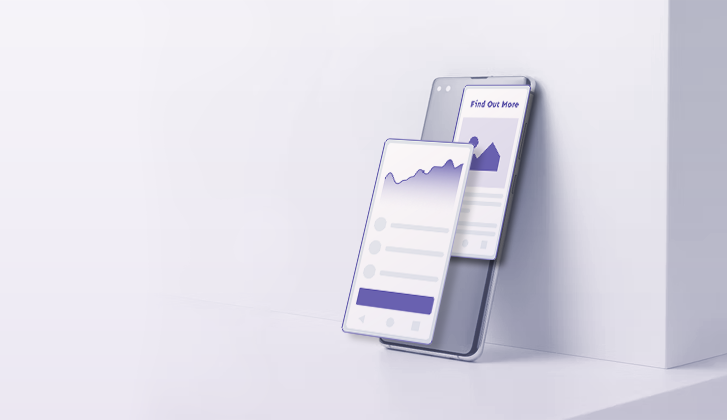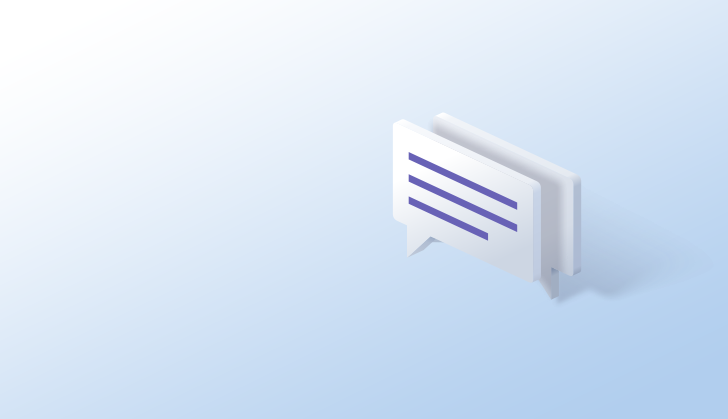Web App vs Website Explained: Full Comparison
The lines between a web app and a website are often blurred. They may look and feel similar, yet they have different functions and purposes.
A common confusion is: ‘Is a web app just a website?’
And the answer is no.
A web app is also sometimes referred to as a dynamic website, which is where the confusion might come from. There are also companies that refer to their entire online presence as a ‘website’, even if they, in fact, have a web app.
But while a web app is a type of website (sort of), not all websites are web apps.
What is a website?
A website is a collection of web pages that serve the purpose of conveying a message. They display content to visitors. But visitors’ ability to manipulate, change, or interact with it is generally limited.
That’s not to say a website can’t have any interactivity to it. You can make use of videos, animations and interactive components to engage customers. You can also have forms to capture information about your visitors such as emails.
Creating a website can help establish your online presence and reach your customers. Did you know that 28% of small businesses don't have a website?
So if you’re looking to build your brand identity and share your mission, a website can help you achieve that.
Advantages
👍 Cost-effective: Creating a website is generally more affordable than developing a web app. There are also user-friendly tools and templates that you can use to build a website yourself.
👍 Branding and credibility: A website can help you build trust with your prospective customers and reach a wide audience online.
👍 Easy to maintain: You can create, change and update your website content through a CMS (content management system). All without having to consult developers.
Disadvantages
👎 Need internet access: Websites rely on an internet connection. If a user has limited or no internet access, they won’t be able to access the website’s content.
👎 Limited functionality: Websites tend to be simpler, with fewer features and interactions. They are not suitable for handling more advanced features like data processing.
👎 Slow interactivity: Websites “talk to a server” on each user interaction. This means that they can often feel clunky and slow. Ever filled out a registration form, entered your username, hit submit, only to see ‘Username is already taken,’ and then had to start the whole form again? That’s a website.
If you want your users to be able to perform specific tasks such as making a purchase, managing projects, submitting help tickets, chatting or collaborating with other users, you are often better off building a web app.
What is a web app?
A web app is a dynamic and interactive software application that runs on your web browser. It serves users by offering services and letting them perform specific tasks.
You can access web apps from your browser like you would a website. But unlike websites, a web app allows you to interact with it, input data, and get real-time responses. This interactivity is what sets apart web apps and websites.
Depending on their purpose and intended functionality, we can develop web apps for a wide range of tasks. They can be as simple as a calculator app or as complex as a full-fledged online collaboration platform.
Nowadays, web apps are predominantly used on the internet due to their versatility, accessibility, and ease of use.
Advantages
👍 Accessible: You access web apps through the web without having to download anything. You can also optimise them for search engines so they appear in search results.
👍 Instant updates: Web apps update as soon as the user reloads the page. This means users always have the latest version available.
👍 Offline capabilities: Some web apps (PWA or progressive web apps) can work offline by caching data. Users can perform certain tasks even without an internet connection. The data can sync back to the server once you are back online.
👍 User Experience: Web apps mimic the user experience of desktop and native applications. They offer a seamless and responsive interface.
Disadvantages
👎 Complexity: You will need more advanced technical skills, time and resources to build and maintain a web app. This makes them more challenging to develop and deploy as opposed to websites.
👎 Security concerns: With great power comes great responsibility. Some web apps such as digital banking apps will handle sensitive user data. So you will need to consider any weak points in the system and put appropriate security measures in place to prevent breaches.
Web App vs Website: Key Differences
Web apps and websites share the same underlying technology: HTML, CSS, and JavaScript. Yet they have key differentiators.
Comparing web apps vs websites from various angles can help you see and understand their differences better.
Let’s have a look:
Purpose
👉 Website: Websites are a great tool for letting customers know about you and your business. Their main purpose is to inform, entertain or educate users about a certain topic, product or service.
👉 Web App: Web apps serve to help users achieve their goals. They present a solution to a common problem users have.
Functionality
👉 Website: Websites provide content to visitors who are mostly passive and don’t engage in complex interactions. They display static content, including text, images, videos, and other media elements.
👉 Web App: Web apps can have different functions. It depends on what they’re built for and the purpose they’re serving. You can incorporate user accounts, data management, interactive forms, real-time updates, e-commerce features, collaboration features and workflow automation.
Interactivity
👉 Website: Websites offer limited interactivity. Users can navigate through pages, click on links, and interact through forms (contact forms, search bars, comment sections). But their primary focus remains displaying content rather than enabling more complex interactions.
👉 Web App: Web apps are highly interactive and encourage user engagement. Users interact with the web app through buttons, forms, links, and other elements. The server can then process these interactions and send a response with instructions on how to render the web app’s interface. The browser receives the response and displays the right information. And the cycle repeats as the user continues using the app.
Personalisation
👉 Website: The level of personalisation on websites is often limited. But modern websites are much better at this. You can display personalised content based on the visitor’s browsing history or location. And also tailor many elements to align with different visitors’ interests. This is usually done by segmenting visitors into different groups based on aggregated data. Still, you should keep in mind that what you can change and how can be limited.
👉 Web App: Web apps offer a much higher degree of personalisation. They can collect rich data about an individual’s actions, preferences, and behaviours. They can then utilise this data to store setting preferences and provide a tailored experience each time the user access the app.
Complexity
👉 Website: Websites have a more straightforward design and structure. This makes them less complex to develop and maintain than web apps. However, you might be limited as to what features you can add and what you can do.
👉 Web App: Web apps need extra coding and development effort due to their interactive and dynamic nature. They usually need the ability to process data, handle complex user actions, APIs and database integrations. This makes web apps more resource-intensive to develop and maintain.
Development Approach
👉 Website: Websites rely on front-end technologies like HTML, CSS, and JavaScript. The development process involves designing layouts, coding the front end, and setting up basic hosting.
👉 Web App: Web app development involves both front-end and back-end technologies. They need programming languages to handle server-side processing, database integration, and user authentication. Developers use HTML, CSS, and JavaScript to build the user interface. Back-end technologies (e.g., Node.js, Python, Ruby) and databases handle data processing and storage. Development is more extensive, encompassing UX & UI design, back-end logic, and database setup.
What to choose for your business 💡
The choice between a web app versus a website depends on the nature of your business and what you’re looking to achieve:
- If your main priorities are building brand awareness and sharing content, a website will likely suffice. Websites are suitable for company and corporate websites, online portfolios or blogs.
- Opt for a web app if your goal is building a functional product with advanced features, interactive user experience, and complex data processing. Web apps are ideal for e-commerce, digital banking, and project management systems.




